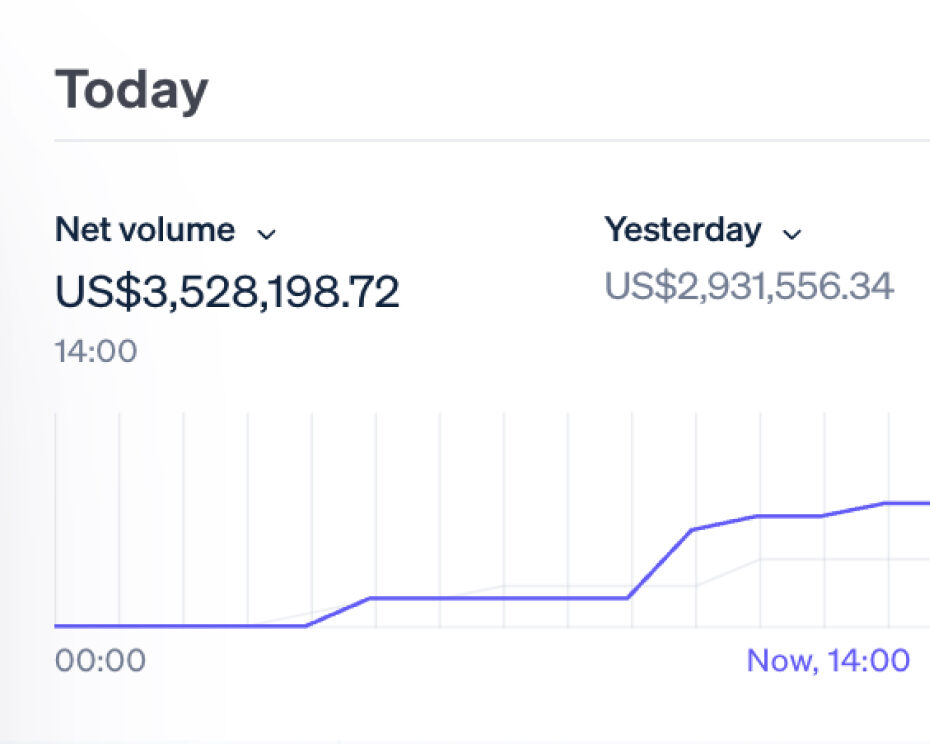Tariff Transparency: Building Trust While Protecting Margins
As the impact of tariff increases starts to take effect, businesses face a critical decision: how to communicate cost increases to customers without damaging hard-earned relationships. The concept of tariff transparency, clearly delineating tariff-related increases from base pricing, can be a valuable tool for maintaining customer trust while preserving margins.
The Rise of Deconstructed Pricing
Most consumers and business customers are already familiar with deconstructed pricing models. The fuel surcharges that became commonplace in logistics during oil price volatility offer a relevant template. By explicitly separating the base service cost from the variable fuel component, shipping companies successfully navigated dramatic cost fluctuations while maintaining pricing clarity.
Tariff pass-through follows a similar model. Rather than simply increasing overall prices, organizations can itemize the tariff component, making it clear to customers that the increase is tied to specific government actions rather than opportunistic margin expansion.
Strategic Decisions on Pass-Through Percentages
Implementing tariff transparency first requires understanding precisely what your increased costs will be. This demands granular visibility into your product portfolio, including country of origin data for components and finished goods and a clear mapping of which items fall under which tariff codes.
With this foundation, pricing professionals can make informed decisions about pass-through percentages. While some organizations opt for 100% pass-through, others may strategically choose to absorb a portion of the impact, particularly for highly competitive products or key customer segments. The most sophisticated approaches vary pass-through percentages across the portfolio based on competitive positioning and customer price sensitivity.
Leveraging Rebates to Share the Burden
Rebates offer another powerful mechanism for managing tariff impacts while maintaining transparency. Unlike across-the-board price increases, rebate programs can be designed to share the burden of tariff costs while incentivizing behaviors that benefit both parties.
For example, volume-based rebates can offset some tariff impacts for customers who increase purchase levels, creating a win-win scenario where customers reduce their effective price while suppliers gain market share. Similarly, supplier rebate programs can help offset increased component costs by driving consolidation of spend with fewer vendors.
Technology as the Enabler
The key to effective tariff transparency lies in having systems that can track, calculate, and communicate these complex adjustments at scale. Organizations need the ability to:
- Calculate tariff impacts across thousands of SKUs
- Implement different pass-through percentages by product category or customer segment
- Clearly communicate tariff components on invoices and customer portals
- Adjust rapidly as tariff policies evolve
Without robust pricing and rebate management capabilities, even the best tariff transparency strategy will falter in execution.
Building Long-Term Trust
Perhaps the greatest benefit of tariff transparency is its impact on customer relationships. By clearly communicating the source and rationale for price increases, businesses demonstrate honesty and fairness, qualities that build lasting trust.
This approach establishes a framework for symmetrical action when tariffs eventually decrease. Organizations that clearly separate tariff-related increases create an implicit commitment to remove those increases when policies change, further cementing customer confidence.
In a business environment increasingly defined by uncertainty, transparency has become a competitive advantage. Organizations that navigate tariff volatility with clarity and fairness will likely emerge with stronger customer relationships, regardless of how trade policies evolve in the years ahead.
Powerful pricing software supported with deep experience
Flintfox gives you flexibility with your application, unprecedented speed and power from our pricing engine and support from our dedicated team.
